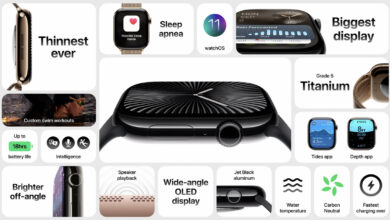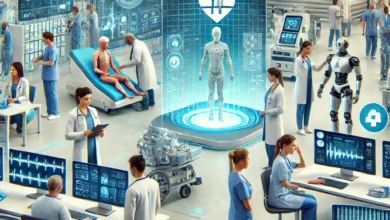“The Digital Revolution: Applications and Impacts of 5G Networks and the Future of Telecommunications with 6G”
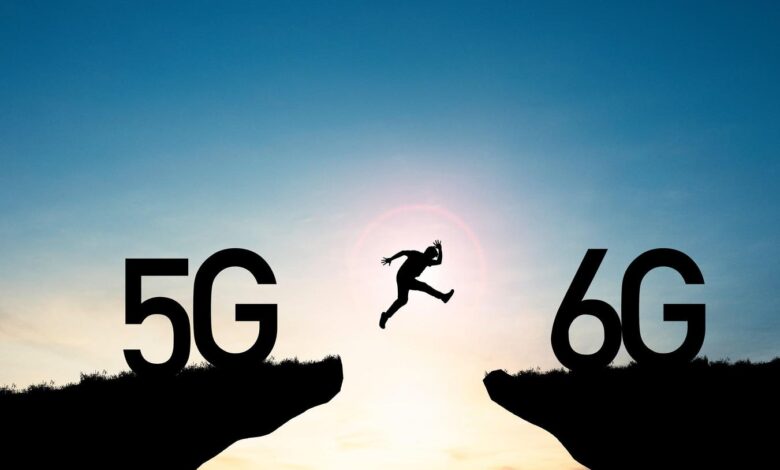
—Telecommunication Technologies (5G and 6G)5G Applications in Daily LifeUltra-Fast Communication and Its ImpactTelecommunication technologies are constantly evolving to meet the increasing demand for speed and efficiency in data transmission.
Among these advancements, fifth-generation (5G) networks and future revolutions like sixth-generation (6G) are some of the most significant improvements that will impact all aspects of daily life.
What is 5G?
5G is the fifth generation of wireless communication networks. This technology relies on high-frequency bands and ultra-fast data transmission speeds.
With these speeds, 5G networks greatly surpass 4G LTE networks in terms of speed, latency, and connection density.
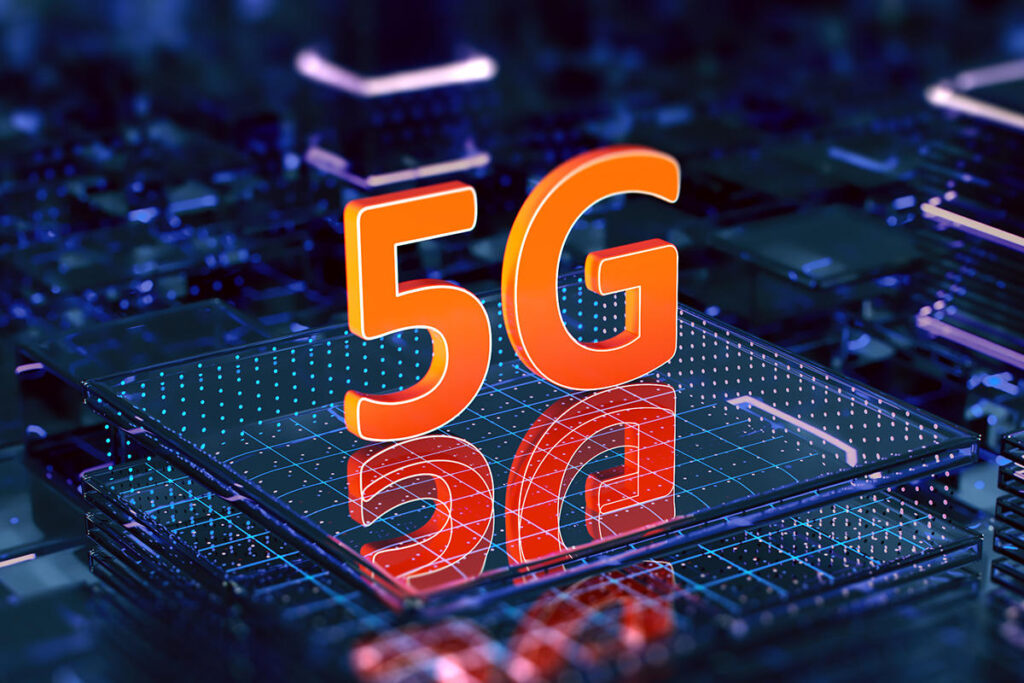
5G Applications in Daily Life.
High-Speed Internet5G networks offer speeds up to 10 Gbps, meaning large files can be downloaded almost instantly, and 4K or even 8K videos can be streamed seamlessly.
This enhances online entertainment experiences like cloud gaming, live video streaming, and interaction with high-quality content.
Autonomous VehiclesOne of the most exciting applications is autonomous vehicles.
These vehicles require constant real-time communication with their surroundings and other devices, such as traffic signals and other vehicles.
Thanks to the ultra-low latency in 5G networks, these cars can exchange data rapidly, increasing safety and reducing accidents.
Telemedicine5G enables more efficient remote healthcare services.
Doctors can remotely diagnose patients using connected devices like medical sensors or robotic surgery tools.
High-definition medical images and scans can also be sent quickly to specialists for immediate diagnosis.
Virtual and Augmented Reality (VR & AR)5G networks allow for smoother, more interactive experiences in VR and AR fields.
Whether in gaming, education, or entertainment, the speed and stability of the connection support more realistic and immersive environments.
Augmented reality can be used in shopping to virtually try products before purchasing or in education to provide interactive experiences like exploring space or the human body.
Smart Homes and Internet of Things (IoT)5G networks support a large number of connected devices, paving the way for smart home developments.
Through these networks, home devices can communicate with each other at high speeds, performing complex tasks like remote control of heating, lighting, or even cooking, with high efficiency.
Cloud GamingStreaming games requires ultra-fast internet speeds and high connection stability, which 5G networks provide.
With these networks, players can enjoy high-quality games without needing to purchase powerful hardware; games can be streamed directly from cloud servers with no lag or interruptions.
Smart Cities5G will enable smart city infrastructure.
From efficiently managing traffic using connected traffic signals to smart waste collection systems operating based on real-time needs, and emergency systems that can quickly communicate with hospitals and police during accidents.
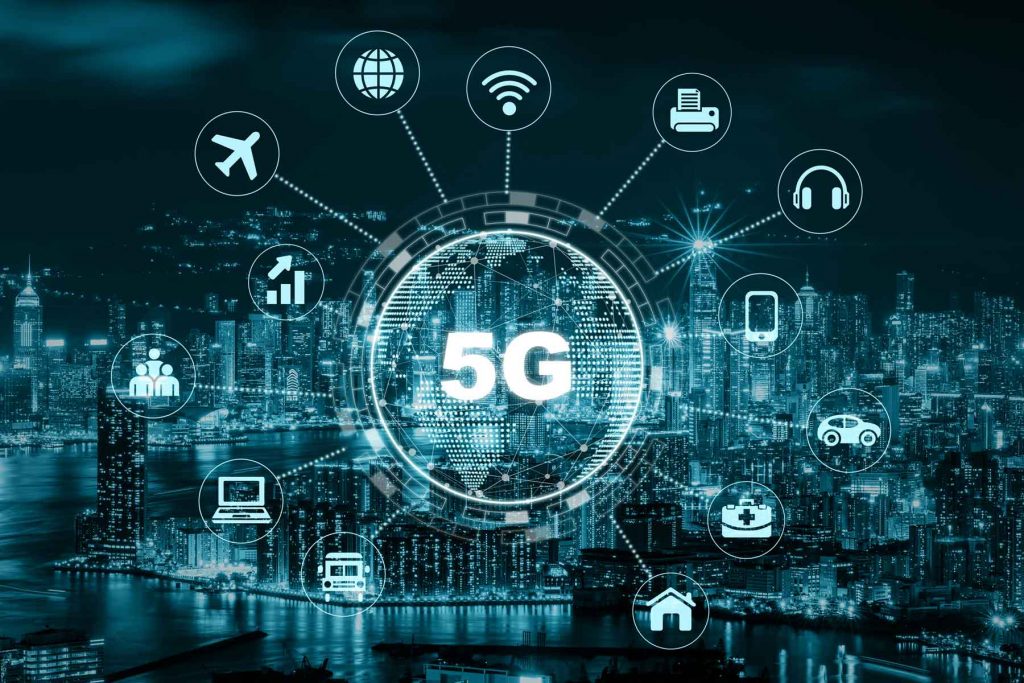
Ultra-Fast Communication and Its Impact
Improving Business ProductivityThe high speeds and low latency of 5G will boost company productivity.
This technology will enable virtual meetings in high quality without delay, support video-dependent applications, and allow collaboration on large projects remotely.
Supporting Technological InnovationWith an infrastructure that supports fast and reliable data transmission, companies can develop new technologies more quickly.
Fields like artificial intelligence, virtual reality, and robotics will see significant growth due to the near-unlimited connectivity possibilities 5G provide
Low Latency5G latency can be as low as millisecond, meaning data transmission will be nearly instantaneous.
This is especially important in applications that require rapid response, such as remote surgeries or controlling robots in industrial environments.
– Expanding Connection Capacity5G can support billions of connected devices simultaneously, promoting the future growth of the Internet of Things.
This broad connectivity will enable smart cities and intelligent systems in agriculture, healthcare, and transportation.
4. Sixth-Generation (6G) – The Near FutureIn the future, attention is turning to 6G networks, which are expected to be hundreds of times faster than 5G and provide unprecedented capabilities.
6G is anticipated to deliver speeds up to a terabyte per second and deeply support artificial intelligence, enabling massive improvements in both virtual reality and augmented reality, and direct brain-computer communication.
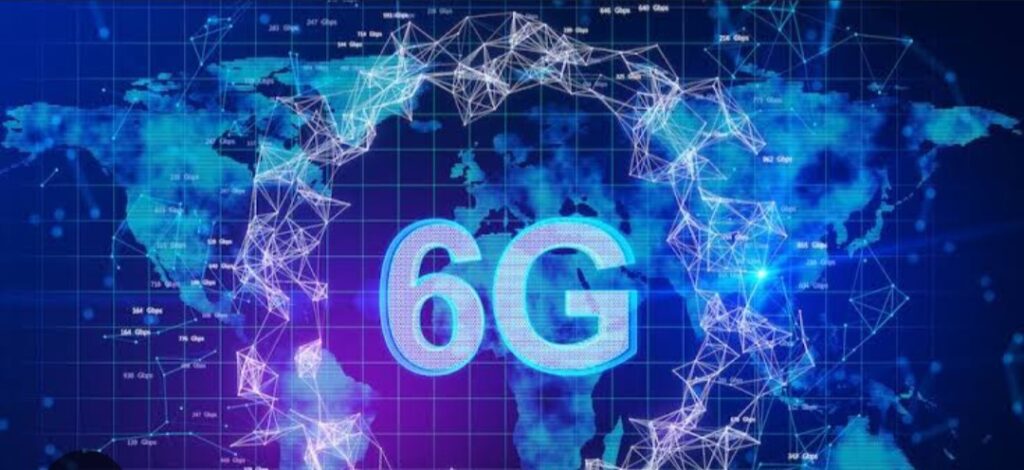
Conclusion:Wireless communication technologies are advancing rapidly, and 5G networks promise to bring about significant changes in how we communicate and use technology.
From autonomous vehicles to smart homes and telemedicine, these networks will revolutionize many industries.
The future, with 6G, holds even more development, which may now seem like science fiction but is closer than we imagine.
